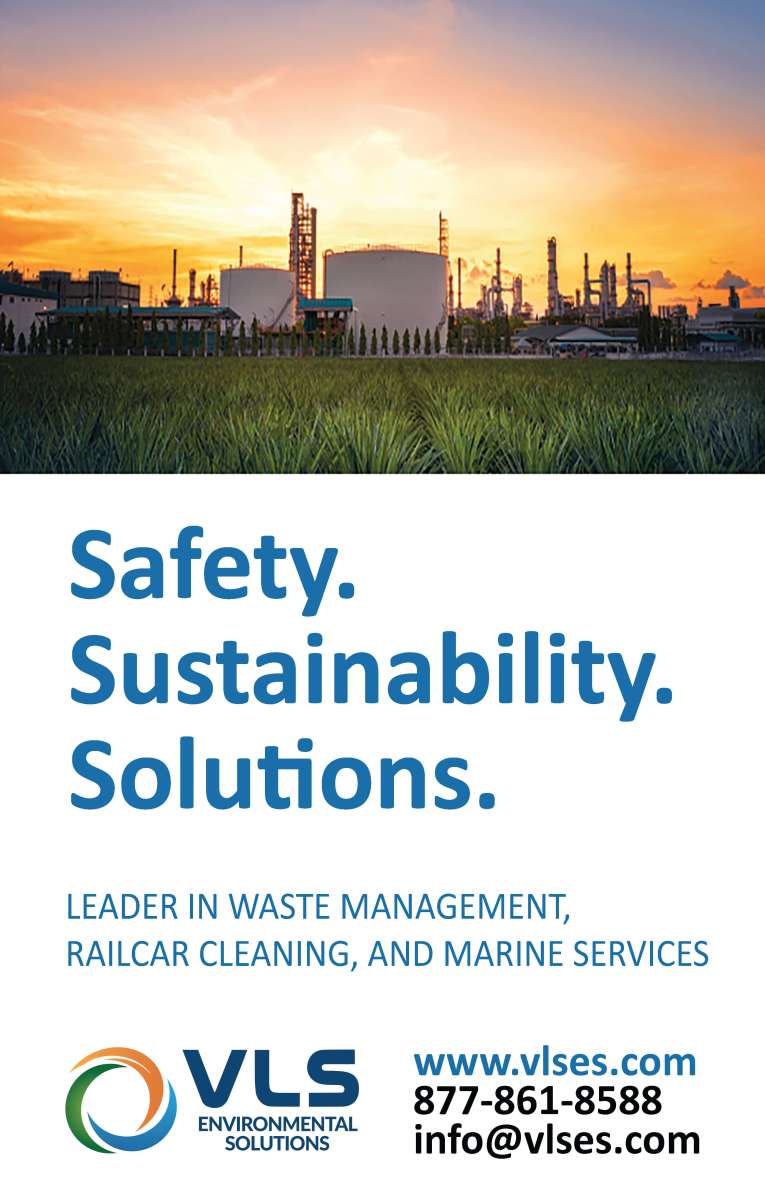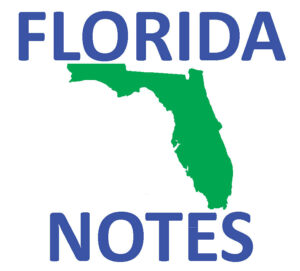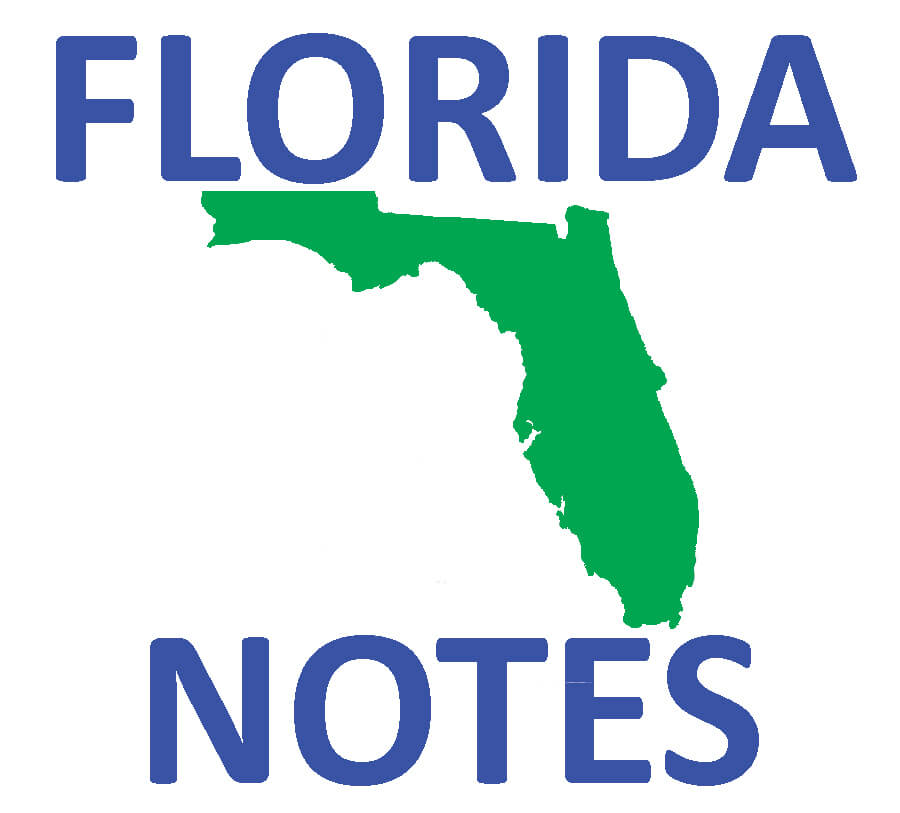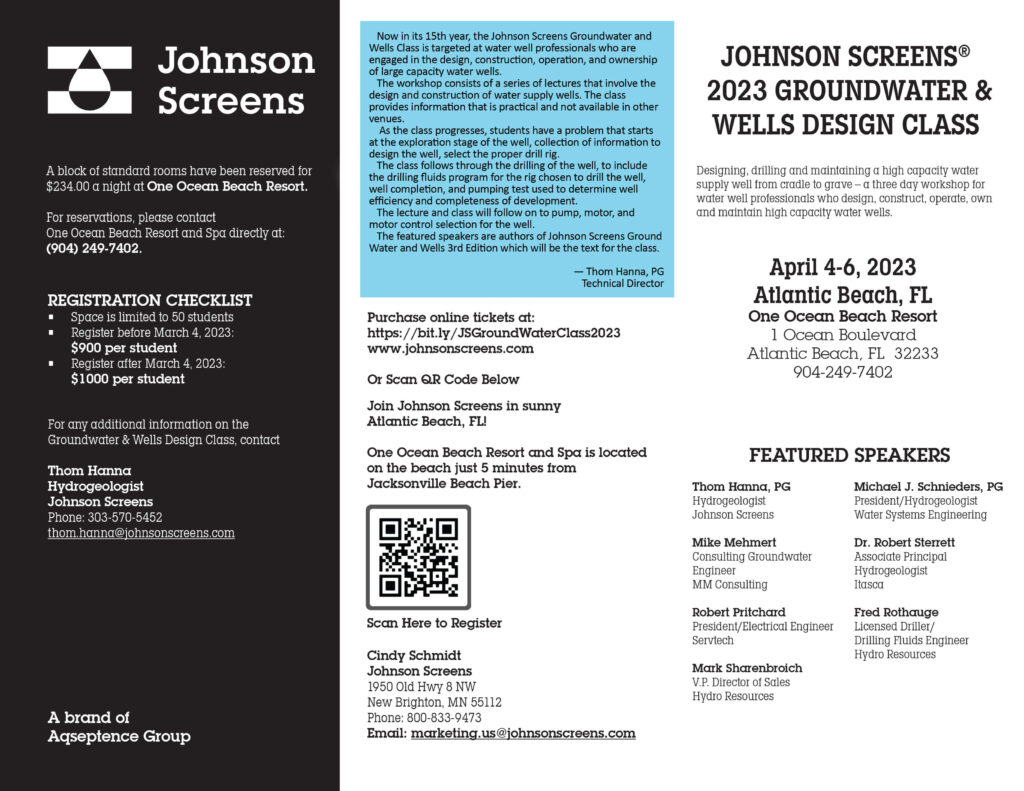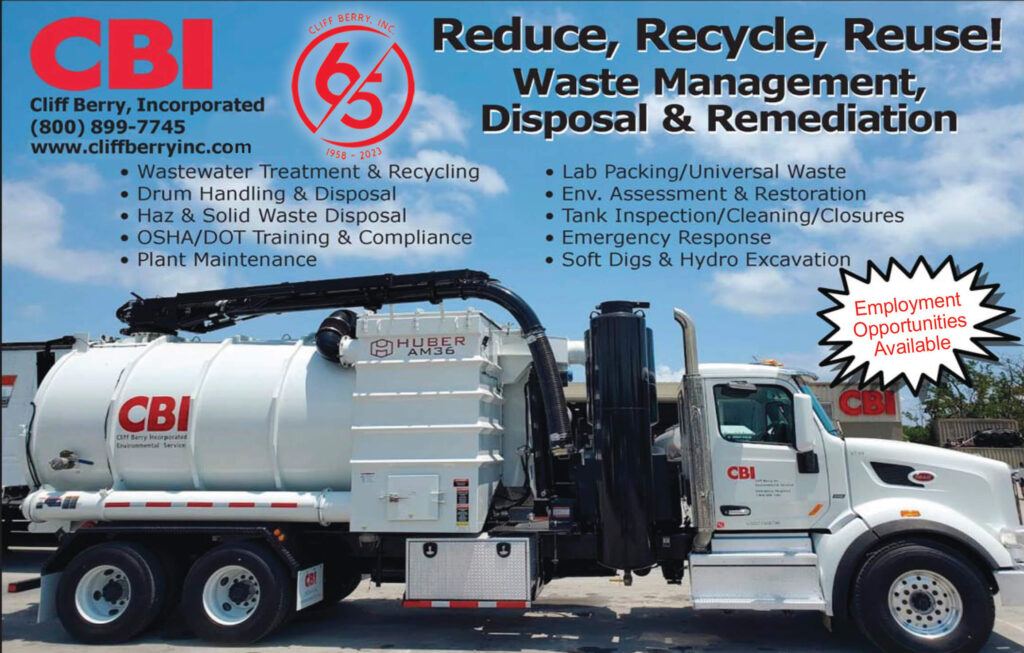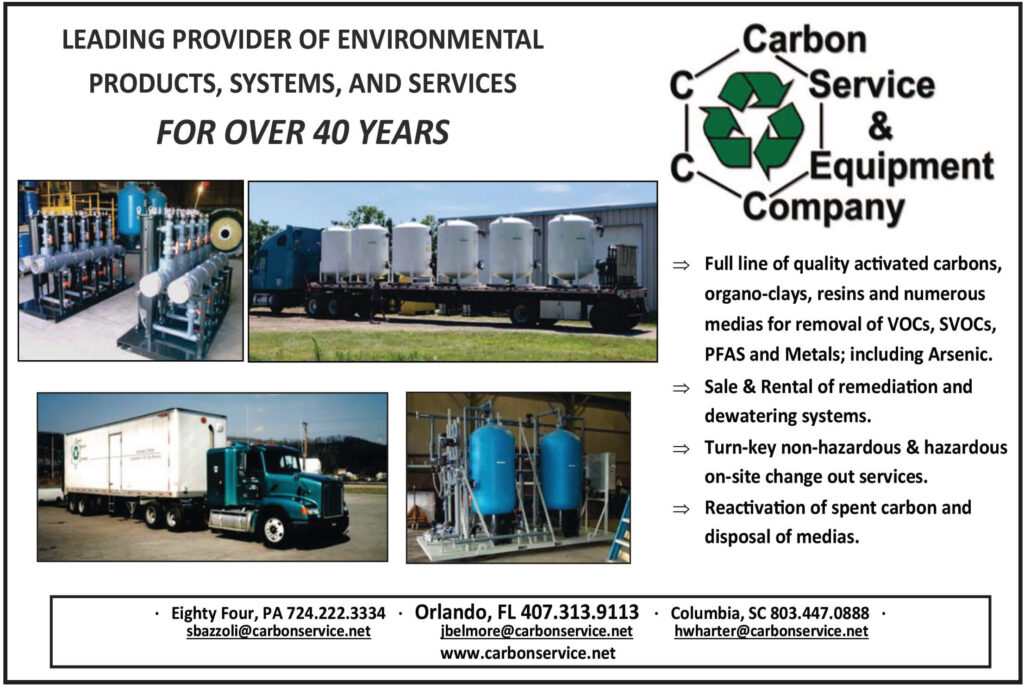By ADAMS AND REESE ENVIRONMENTAL PRACTICE ATTORNEYS and ADVISORS
When you find yourself digging the same hole and getting nowhere, quit digging. At least, that is what rational logic would dictate.

On Dec. 30, 2022, the U.S. EPA and the U.S. Army Corps of Engineers (collectively, the Agencies) released a pre-publication notice – for what feels like the umpteenth time in the last 50 years – redefining the “waters of the United States” (WOTUS) under the Clean Water Act (CWA). The CWA was passed by Congress in 1972 to protect and restore vital waterways that sustain communities, economies, and ecosystems. The new Dec. 30, 2022 definition will become final 60 days after publication in the Federal Register.
For those keeping score, this is the third time in the last seven years a president’s administration has issued a WOTUS definition — Obama in 2015, Trump replacement in 2020, and Biden in 2022 (albeit at the buzzer).
Both Obama and Trump’s rules were rejected by the courts, and it appears that Biden’s rule may have the opportunity to be rejected before ever becoming a final rule, under the anticipated Supreme Court decision Michael Sackett, et ux. v. Environmental Protection Agency, et al. (Docket 21-454), also known as Sackett II.
People with the mud on their boots at the Agencies and in the private sector need a clear and consistent WOTUS definition, but unfortunately for more than 50 years, the rules have been unclear and inconsistent, leading to frustration within a challenging system to navigate.
This lack of clarity isn’t fair to the employees of the Agencies or to the states like Florida that have delegated 404 wetland permit programs.
But this situation can’t be placed solely at the feet of the Agencies. The Agencies need to work with their own front line employees, industry leaders, and Congress to collectively reach a clear and decisive WOTUS definition.
Justice Samuel Alito summed up this complex situation best in his concurring opinion in the 2012 Sackett decision:
“The reach of the Clean Water Act is notoriously unclear … Real relief requires Congress to do what it should have done in the first place: provide a reasonably clear rule regarding the reach of the Clean Water Act. … For 40 years, Congress has done nothing to resolve this critical ambiguity, and the EPA has not seen fit to promulgate a rule providing a clear and sufficiently limited definition of the phrase.”
Agencies’ WOTUS definition
essentially embraces Rapanos’
‘All of the Above’ approach
According to the Agencies’ press release, the final rule “establishes a clear and reasonable definition of WOTUS” and “reduces the uncertainty from constantly changing regulatory definitions.” The irony is that the Agencies’ proposed rule is purportedly “changing regulatory definition” — except this time, the Agencies have brought the definition back to what started the last 40-ish years of legal “uncertainty.”
Indeed, the Agencies’ newest approach to interpreting WOTUS isn’t new at all. The new definition merely codifies the approach that the Agencies have already been informally using since the 2021 repeal of the Navigable Waters Protection Rule (read our write-up of this change) — which is, essentially, the 1986/1988 regulatory definition of WOTUS as interpreted by the U.S. Supreme Court in Rapanos v. United States, 547 U.S. 715 (2006), including an additional requirement that tributaries have a significant nexus to other jurisdictional waters, and protected waters such as ephemeral streams.
The press release continues, “the rule returns to a reasonable and familiar framework founded on the pre-2015 definition with updates to reflect existing Supreme Court decisions, the latest science, and the Agencies’ technical expertise. It establishes limits that appropriately draw the boundary of waters subject to federal protection.”
The authority for these changes?
According to the Agencies, the new-old definition brings the rule in alignment with three principles laid out in President Biden’s 2021 Executive Order: science, climate change, and environmental justice. All are key buzz words and phrases of Biden’s administration. But while the Administration wants to do the right thing by science, climate change, and environmental justice, does the regulatory agency have such authority? History says ‘No’ because of limited authorization by Congress under the CWA – not to mention the significant legal challenges faced by the varying WOTUS definitions for the past several years, using the same justifications.
EPA claims Sackett II “Not a Direct Challenge” to New WOTUS Rules
Sackett II, heard by SCOTUS in the fall, is the summation of a nearly two-decades-long legal battle between the EPA and an Idaho couple, Michael and Chantell Sackett, over whether or not wetlands on their private property constitute “navigable waters” under the CWA. One of the issues presented in Sackett II will review whether the Ninth Circuit “set forth the proper test for determining whether wetlands are ‘waters of the United States.’”
But, surprisingly, the Agencies beg to differ that the impending Sackett II decision will challenge the new rules defining WOTUS at all. Tucked away in a footnote within the 514-page pre-publication notice, the Agencies baldly state that Sackett II is “not a direct challenge to any of the rules defining ‘waters of the United States.’”
This footnote raises some debatable questions over the coming months. If the Supreme Court’s opinion in Sackett II outlines a narrower interpretation of WOTUS than proposed by the Agencies, what becomes of Biden’s new WOTUS definition? Will such a ruling result in Sackett III? Do we just continue this never-ending circle of new rules, court opinion, rinse, and repeat?
The Agencies appear to be hedging their bets on the impending Sackett II ruling this spring and subsequent expected legal challenges to the new WOTUS definition: EPA has already indicated that the Navigable Waters Protection Rule will also be rewritten in the fall of 2023, as if this all wasn’t confusing enough already.
We will continue to monitor the implementation of the new WOTUS rules, the Supreme Court decision in Sackett II and any response made by the EPA, Corps, and President Biden’s administration in the wake of the decision.●




